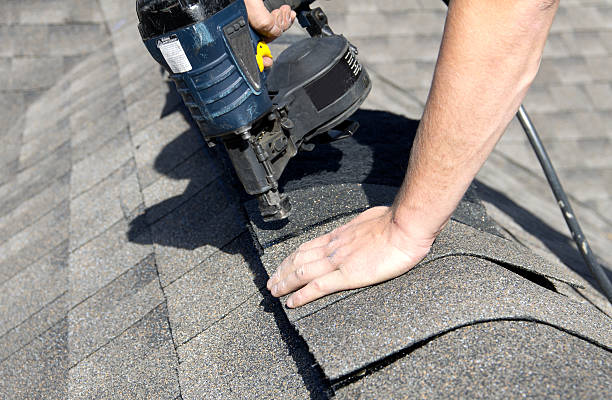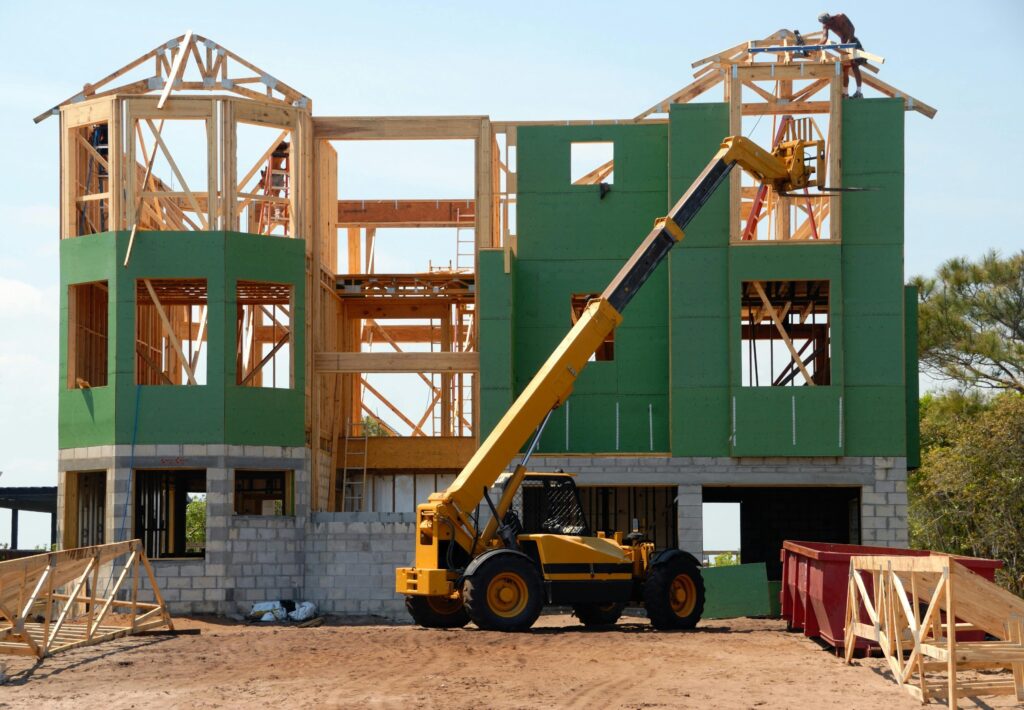A roof is one of the most critical components of any property, serving as the first line of defense against the elements while playing a key role in the home’s energy efficiency and value. Installing a new roof requires careful planning, informed decision-making, and attention to detail at every stage. Without proper preparation and oversight, homeowners risk delays, unexpected costs, and even structural issues that could compromise the roof’s integrity. To help ensure your project runs seamlessly, here are seven important steps to follow for a smooth and reliable roof installation.
Conduct a Thorough Roof Inspection
Before beginning a roof replacement or installation, it is vital to perform a complete inspection of the current structure. This involves evaluating the condition of shingles, underlayment, flashing, and the roof deck itself. Identifying potential issues such as wood rot, mold, or structural weakness early on allows for proactive solutions rather than mid-project surprises. A qualified roofing contractor can provide a professional assessment, outlining any repairs needed before installation. This step creates a solid foundation for the project and minimizes the risk of complications during construction.
Hire an Experienced and Licensed Contractor
Selecting an experienced and licensed contractor is crucial for a successful roofing project, as expertise ensures the job is done safely and correctly. A professional contractor understands the nuances of roof construction, from proper ventilation to water drainage, and can navigate building codes and permits efficiently. For example, during a Malarkey shingles installation, a skilled contractor knows how to align and secure each shingle properly to prevent leaks and extend roof longevity. Hiring someone with verified credentials and positive references minimizes mistakes, protects your investment, and provides peace of mind. Their guidance throughout the project ensures a smoother process and long-lasting results.
Choose the Right Roofing Materials
Selecting the appropriate roofing materials is key to durability and aesthetic appeal. Homeowners should consider factors such as climate, energy efficiency, budget, and style. Asphalt shingles are a cost-effective and versatile option, while metal roofing offers excellent longevity and resistance to severe weather. Clay or slate tiles can add timeless beauty but may require stronger structural support due to their weight. Working with your contractor to weigh the pros and cons of each material ensures the chosen option fits your home’s needs and long-term goals.
Establish a Clear Project Timeline
Time management is a critical aspect of roof installation. Before work begins, discuss a realistic project schedule with your contractor, including start and finish dates, estimated duration, and allowances for weather-related delays. Having a clear timeline helps homeowners and contractors stay accountable and organized. It minimizes disruptions to daily life and ensures that necessary preparations, such as securing pets, protecting landscaping, or arranging alternative parking, are made in advance. With a defined timeline in place, the project can progress smoothly without unnecessary stress or uncertainty.
Prepare Your Home and Property
Roof installation can be disruptive, but with proper preparation, you can minimize inconvenience and potential damage. Begin by clearing your attic of valuables and covering belongings to protect them from dust or debris. On the exterior, move vehicles, patio furniture, and fragile items away from the work zone. Trimming nearby trees or shrubs can provide contractors with easier access. Taking these steps protects your property and creates a safer and more efficient working environment for the roofing crew. Preparation ensures the project unfolds with fewer complications.
Maintain Open Communication During the Project
Even with careful planning, unexpected issues may arise during a roof installation. Maintaining open communication with your contractor helps address concerns promptly and ensures transparency at every stage. Regular updates on progress, challenges, and next steps keep homeowners informed and confident in the project’s direction. Do not hesitate to ask questions about material usage, scheduling adjustments, or inspection findings. By fostering a collaborative relationship with your contractor, you can make informed decisions quickly, preventing small issues from turning into costly setbacks.
Final Inspection and Long-Term Maintenance
Once the installation is complete, a final inspection should be conducted to confirm quality and adherence to building codes. This includes checking shingle alignment, flashing installation, ventilation, and the integrity of the roof’s structure. A reputable contractor will walk homeowners through the inspection, addressing any questions or concerns. After approval, focus shifts to long-term maintenance, like regular cleaning, seasonal inspections, and prompt repairs can extend the life of your roof and preserve its performance. Proper care ensures that your investment continues to protect your home for decades to come.
A roof installation project may seem daunting, but by following these seven steps, homeowners can significantly reduce stress and ensure a reliable outcome. From the initial inspection and material selection to final inspection and maintenance, each stage plays a vital role in the roof’s long-term success. By investing time in planning, choosing the right contractor, and staying engaged throughout the process, you set the foundation for a smooth project and a durable roof that provides lasting protection and value.
Published by HOLR Magazine.




